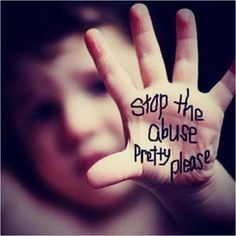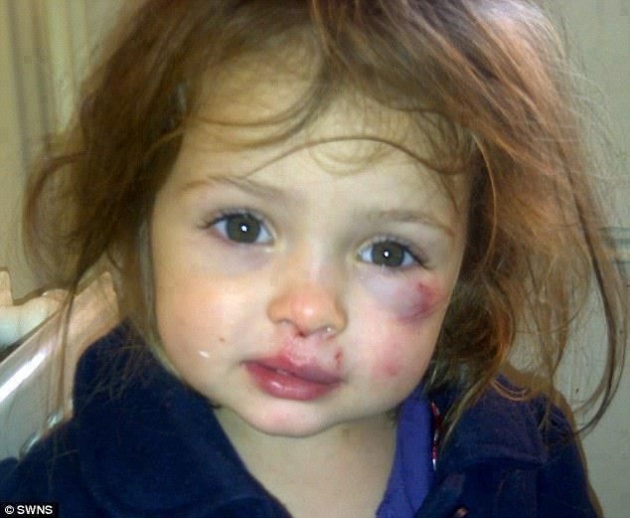
Child abuse is more than bruises and broken bones. While physical abuse might be the most visible, other types of abuse, such as emotional abuse and neglect, also leave deep, lasting scars. The earlier abused children get help, the greater chance they have to heal and break the cycle—rather than perpetuate it. By learning about common signs of abuse and what you can do to intervene, you can make a huge difference in a child’s life.
April 16 Case
A 19-year-old Long Beach woman and her boyfriend were charged Tuesday with felonies stemming from the death of her 2 1/2-year-old son, who suffered severe head injuries and several broken bones. The child was rushed to Memorial Medical Center of Long Beach on Saturday after paramedics were summoned and found that his heart had stopped. Long Beach Police Officer Sheila Cannan said the boy was "the victim of obvious child abuse," having "numerous scars, welts and marks appearing to be caused by belts.
What Is Child Abuse?
Child abuse happens when a parent or other adult causes serious physical or emotional harm to a child.
In the United States, the laws defining what constitutes child abuse vary from state to state, but generally speaking, child abuse can take these forms:
physical abuse
sexual abuse
neglect and abandonment
emotional or psychological abuse
The most serious cases of child abuse can end in death. Those who survive may suffer emotional scars that can last long after the physical bruises have healed. Kids who are abused are more likely to have problems building and maintaining relationships throughout their lives. They're also more likely to have low self-esteem,depression, thoughts of suicide, and other mental health issues.
Protect Your Child
If you are concerned about keeping your child safe from sexual abuse, this is your chance to create a safer environment and a support network for everyone in your family. Youngsters are immediately safer when parents and caregivers take the time to learn about sexual abuse and its warning signs.
We talk about risk factors – what puts someone at risk to sexually abuse a child but we must also talk about protective factors – the things a family can do to keep the family safer. Protective factors are the building blocks of your family. You can download a booklet to help you with creating a family safety plan here.



